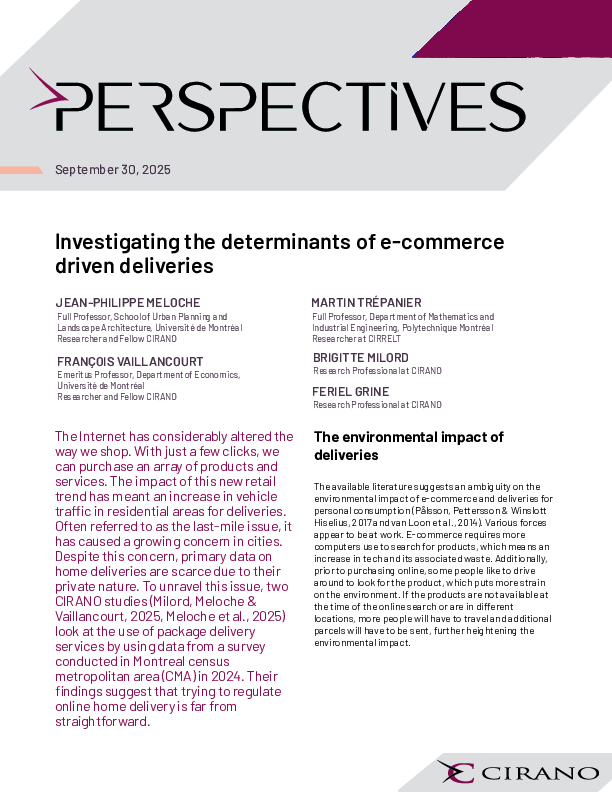Deciphering Algorithmic Collusion: Insights from Bandit Algorithms and Implications for Antitrust Enforcement
This paper examines algorithmic collusion from legal and economic perspectives, highlighting the growing role of algorithms in digital markets and their potential for anti-competitive behavior. Using bandit algorithms as a model, traditionally applied in uncertain decision-making contexts, we illuminate the dynamics of implicit collusion without overt communication. Legally, the challenge is discerning and classifying these algorithmic signals, especially as unilateral communications. Economically, distinguishing between rational pricing and collusive patterns becomes intricate with algorithm-driven decisions. The paper emphasizes the imperative for competition authorities to identify unusual market behaviors, hinting at shifting the burden of proof to firms with algorithmic pricing. Balancing algorithmic transparency and collusion prevention is crucial. While regulations might address these concerns, they could hinder algorithmic development. As this form of collusion becomes central in antitrust, understanding through models like bandit algorithms is vital, since these last ones may converge faster towards an anticompetitive equilibrium.




